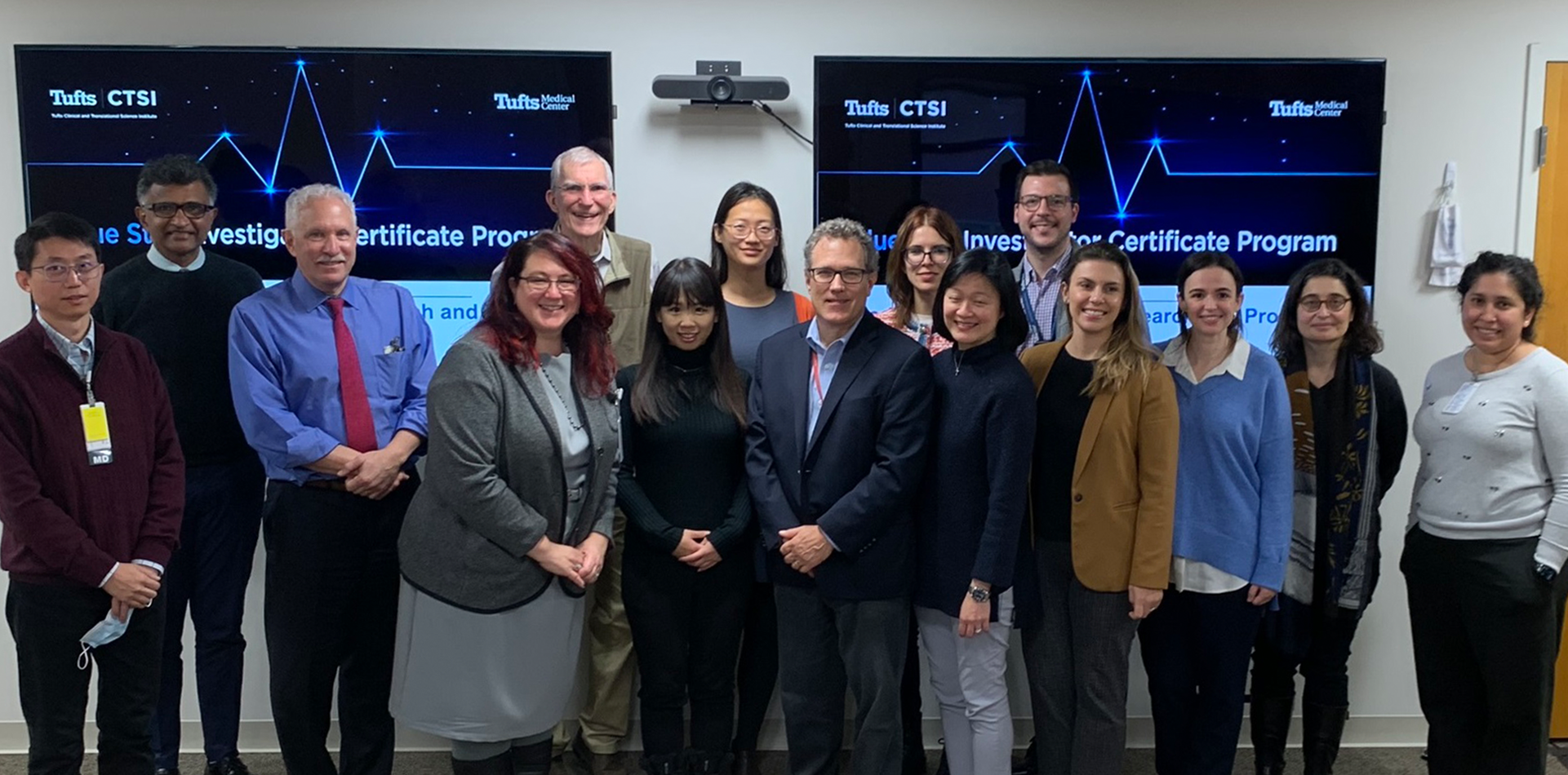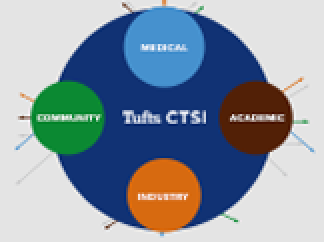Overview
As defined by the NIH National Center for Advancing Translational Sciences (NCATS), translation is “the process of turning observations in the laboratory, clinic, and community into interventions that improve the health of individuals and populations – from diagnostics and therapeutics to medical procedures and behavioral interventions.”
Translational science refers to systematic efforts to understand and address roadblocks commonly encountered in translational efforts. The aim is to generate scientific and operational innovations that transform the way that research is done, making it faster, and more efficient, and, thus, more likely to have an impact on health.
The process of translation is often lengthy and challenging. It involves both transforming an idea into a product or procedure through an intricate chain of development and testing activities and equally complex research needed to bridge the gap between those innovations and their implementation, broad adoption, and ultimate impact on health. This journey spans a broad spectrum of efforts, requiring the expertise and insights of many individuals, including patients, community members, and other stakeholders.
Defining the Translational Spectrum for Tufts CTSI
 Tufts CTSI supports the work of researchers across the full spectrum of translation. Although often conceptualized as a series of stages, progress is seldom in a straight line or in one direction. Work at each stage build upon and informs the others. A graphic developed by NCATS captures this relationship while also emphasizing the centrality of patients at all stages in translation.
Tufts CTSI supports the work of researchers across the full spectrum of translation. Although often conceptualized as a series of stages, progress is seldom in a straight line or in one direction. Work at each stage build upon and informs the others. A graphic developed by NCATS captures this relationship while also emphasizing the centrality of patients at all stages in translation.
T.5: Bridging Pre-clinical Development to Initial Human Studies
T.5 research focuses on transformation of concepts and testable prototypes, be they devices, diagnostics, drugs, or data algorithms, into impact on clinical care and health. A central premise of the T.5 stage is the recognition that following a linear and unidirectional translational developmental path is fraught with risks and will often fail. Rather, effective T.5 translation should be a bidirectional and iterative process. Clinical and real-world considerations must fuse logically with scientific and engineering principles to fine-tune early testing and design sequences so that promising ideas are more likely to reach impactful medical application as rapidly as possible. Successfully traversing this translational stage requires specialized facilities and tools, and close collaboration between scientists, engineers, biomedical researchers, and clinical care providers. T.5 research yields knowledge to improve translational potential of basic biomedical discoveries and prototypes.
T1: From Bench to Bedside
T1 research translates promising laboratory and pre-clinical findings into the care of patients. Examples of T1 research include testing a treatment or preventive measure in humans or testing a diagnostic assay or strategy. Such studies might include proof-of-concept and first testing in humans for promising physiology, toxicity, pharmacokinetics treatments, and other preliminary efficacy studies, as well as evaluation of novel methods of diagnosis. T1 research yields knowledge that demonstrates potential new strategies for treatment, prevention, and diagnosis.
T2: From Bedside to Clinical Practice
T2 research translates successful applications in humans into wider use in widespread clinical practice, into patient populations, and includes controlled observational studies and clinical trials, survey research, and other approaches to further define the appropriateness of treatments and tests in clinical care. T2 research may yield knowledge about the efficacy of interventions in optimal clinical settings or initial assessments of effectiveness in more generalizable samples.
T3: From Clinical Practice to Widespread Clinical Practice and Care Delivery
T3 addresses the need to understand whether treatments, diagnostic tests, or other interventions are generalizable to the wider span of clinical practice. This might include clinical trials in broad ranges of settings and conditions, studies that include a comprehensive range of clinical and patient-reported outcomes, community-based participatory research (CBPR), and services research. T3 research seeks to evaluate evidence-based guidelines for improved health care delivery, dissemination strategies, and widespread implementation of care strategies. T3 research yields knowledge about how interventions work in real-world settings, even while following a research protocol for intervention, but focusing on optimizing generalizability to widespread use.
T4: From Health Care Delivery to Impact on the Community, on the Public’s Health, and on Public Policy
T4 research translates effective health care delivery into improved community and population health, informs new policies, and includes interventions in, and monitoring of, populations, the wider dissemination/implementation of improved practices/interventions, and health policy. Examples of T4 include policy analysis and evaluation, cost-benefit analysis, and surveillance studies and research questions which focus on the intervention “as used,” rather than according to a research protocol. T4 research yields knowledge that ultimately results in improved health, with research questions focused on the intervention as used in the real world rather than according to a strict research protocol in limited settings.



